Pictorials in inscriptions of the Harappan script
Pictorials convey messages as do signs on inscriptions:
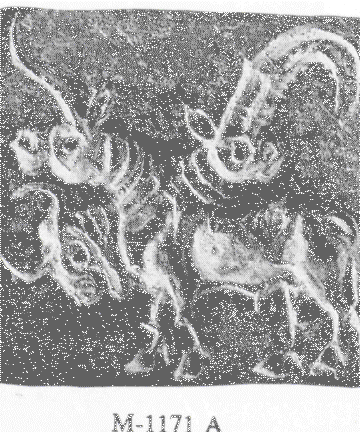
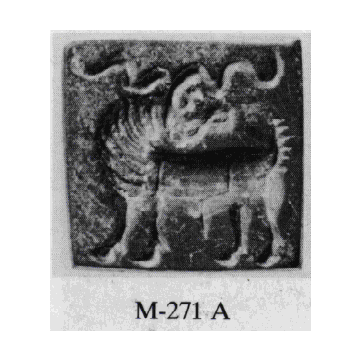
Mohenjodaro seal (M-271) without any sign
Mohenjodaro seal (M-1171) without any sign
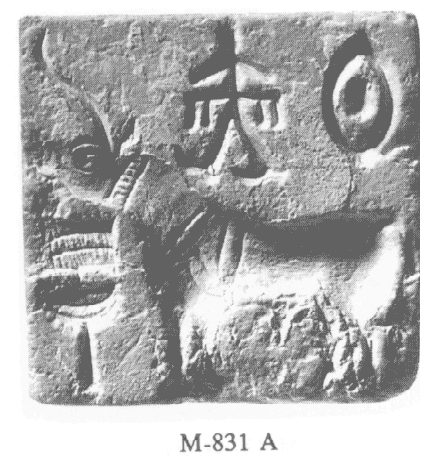
![]()
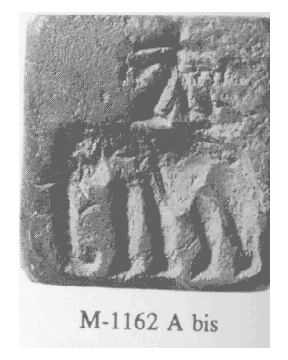
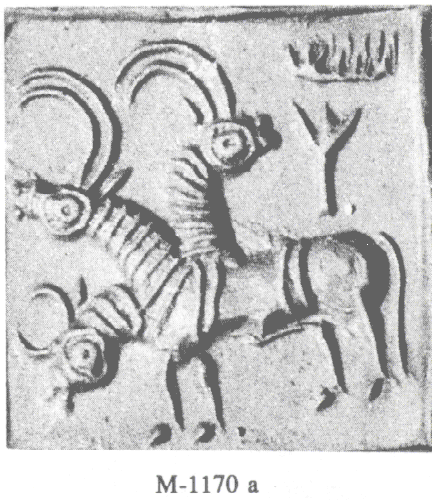
Mohenjodaro seal (M-1170)
Mohenjodaro seal (M-1162)[ligatured ‘man’ and ‘comb’: sign 38 Mahadevan]
Mohenjodaro seal (M-831)
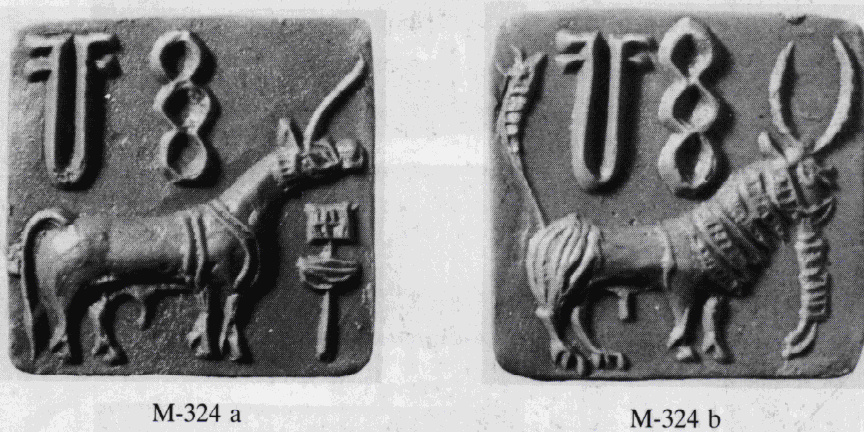
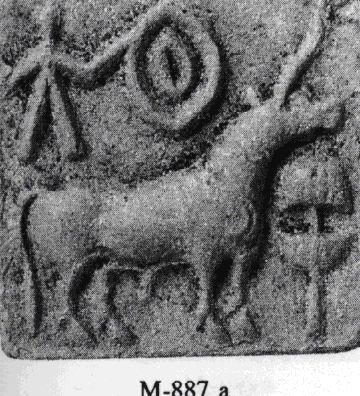 Mohenjodaro
seal (M-324) with a hole drilled through the side to hold a cord
Mohenjodaro
seal (M-324) with a hole drilled through the side to hold a cord
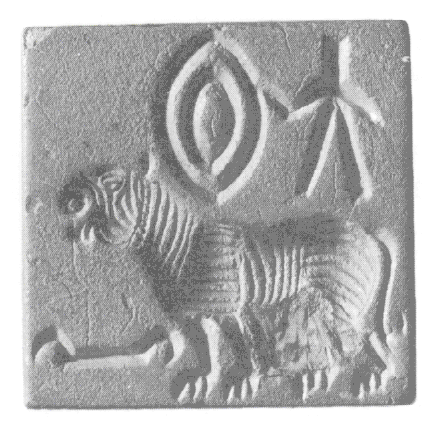 Harappa
seal (H-94)
Harappa
seal (H-94)
Mohenjodaro seall (M-887)
Mohenjodaro seal (M-1176)
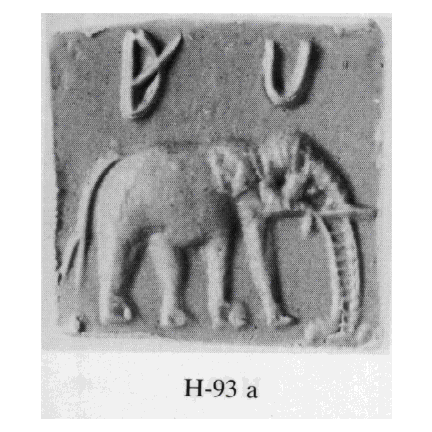
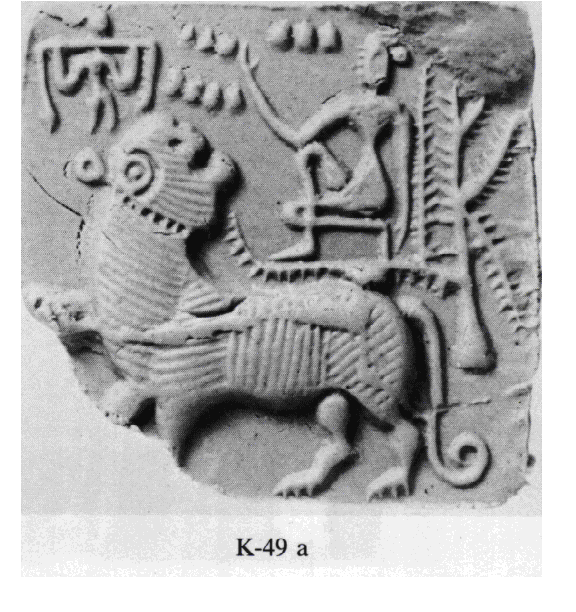
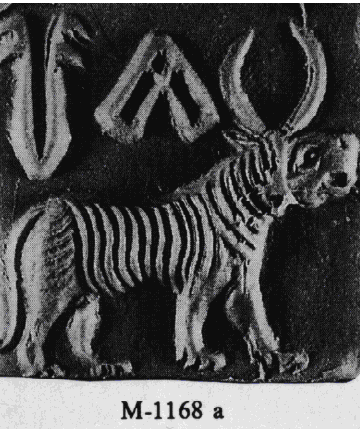
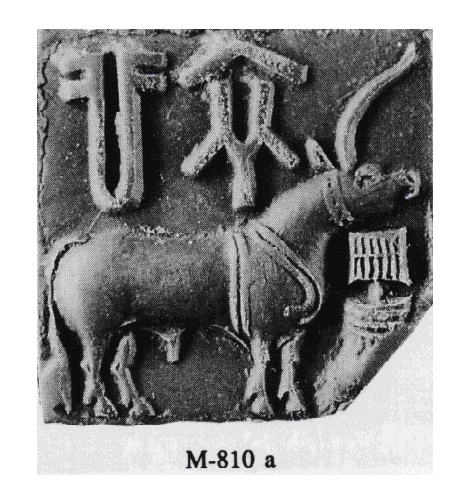
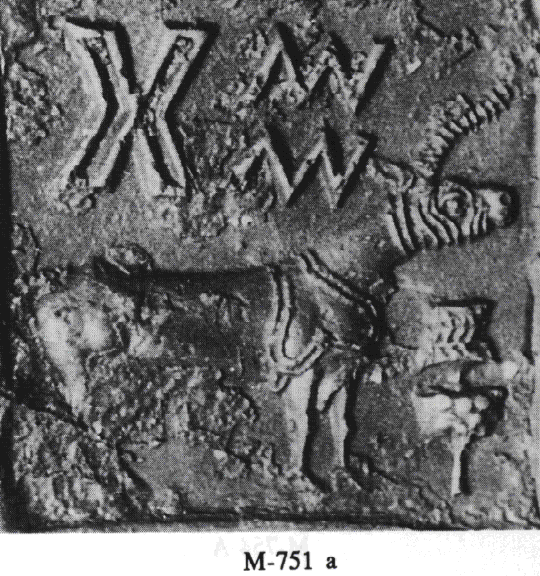
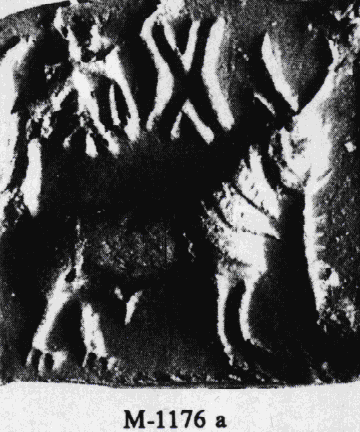
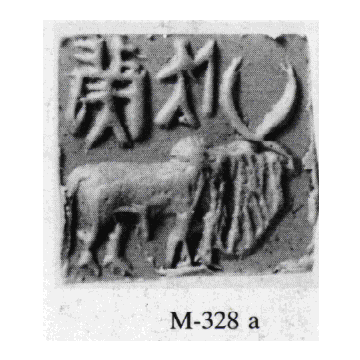
Harappa seal (H-93)
Kalibangan seal (K-49)
Mohenjodaro seal (M-1168)
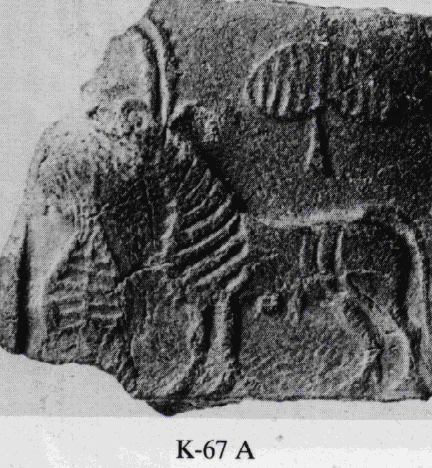
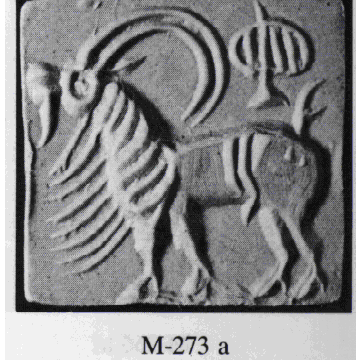 Mohenjodaro seal (M-328)
Mohenjodaro seal (M-328)
Mohenjodaro seal (M-751)
Mohenjodaro seal (M-810)
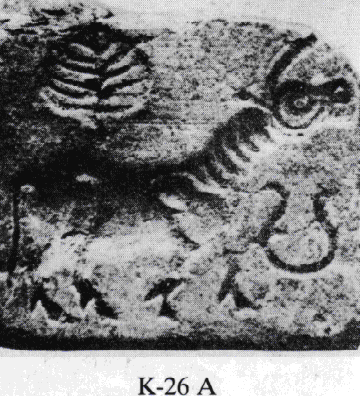 Mohenjodaro
seal (M-273)
Mohenjodaro
seal (M-273)
Kalibangan tablet in bas relief (K-67)
Kalibanganl seal (K-26)
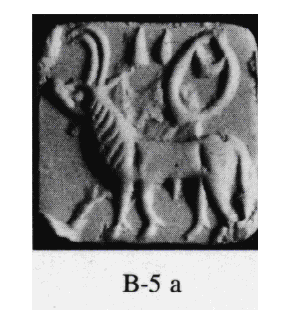 Mohenjodaro
seal (M-272)
Mohenjodaro
seal (M-272)
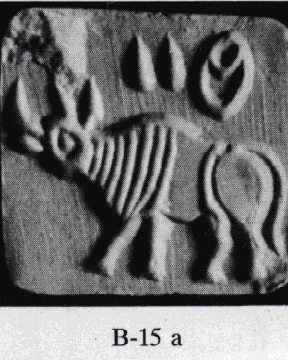
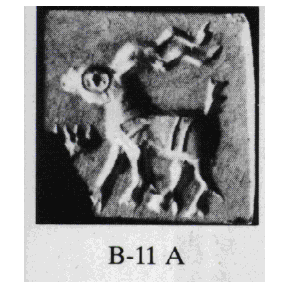
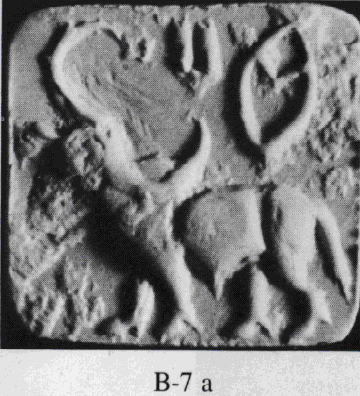
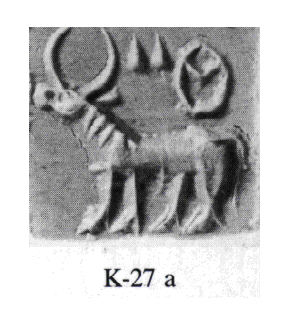
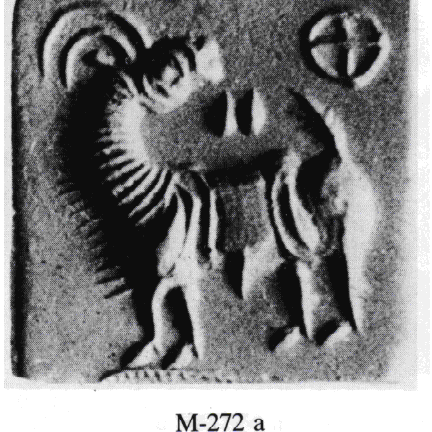
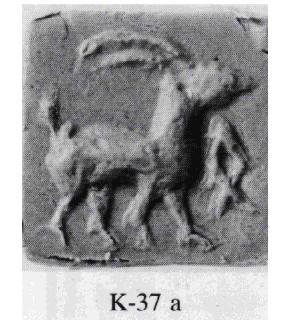

Kalibangan seal (K-27)
Kalibangan seal (K-34)
Kalibangan seal (K-37)
Banawali seal (B-5)
Banawali seal (B-7)
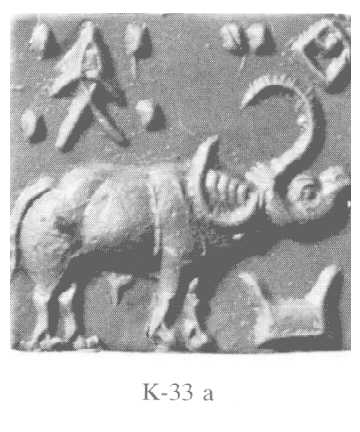 Banawali
seal (B-11)
Banawali
seal (B-11)
Banawali seal (B-15)
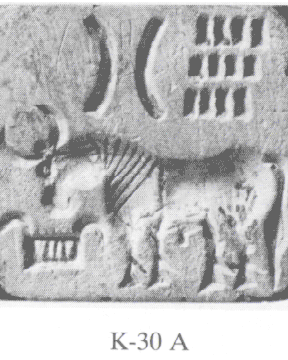
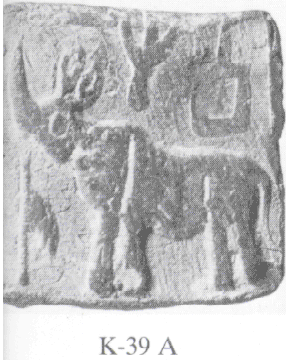
Kalibangan seal (K-20)
Kalibangan seal (K-32)
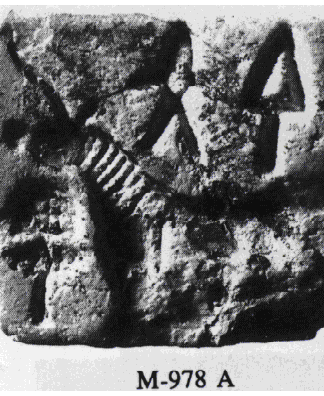 Kalibangan
seal (K-33)
Kalibangan
seal (K-33)
Kalibangan seal (K-39)
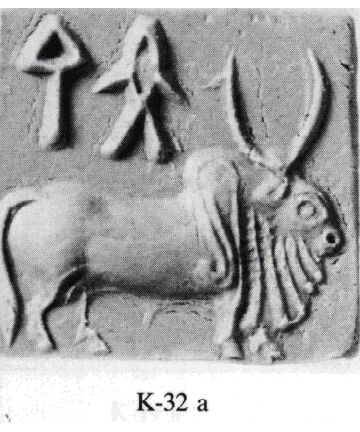 Mohenjodaro
seal (M-978)
Mohenjodaro
seal (M-978)
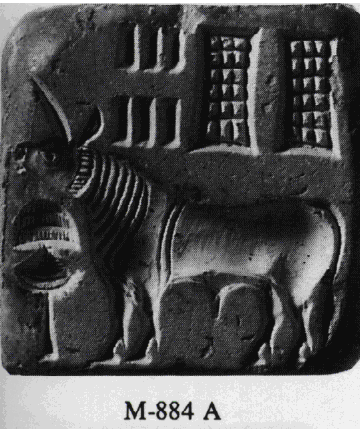
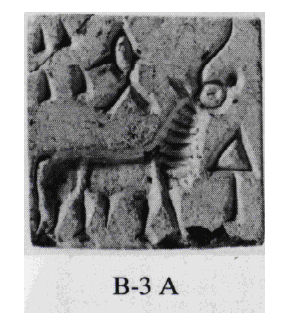
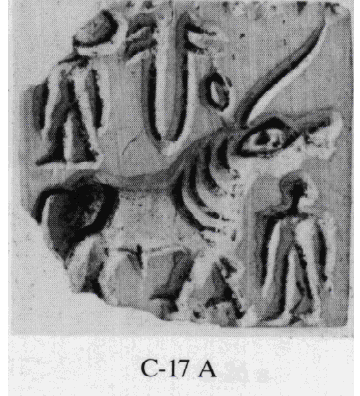
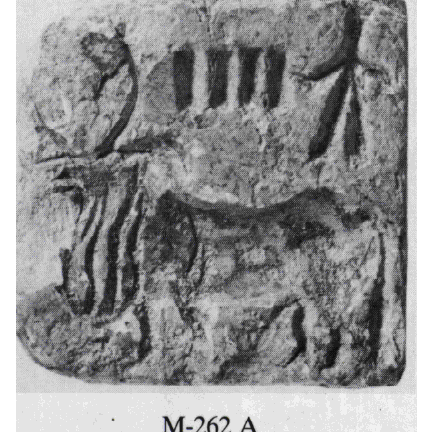
Mohenjodaro seal (M-262)
Chanhudaro seal (C-17)[Two or three signs]
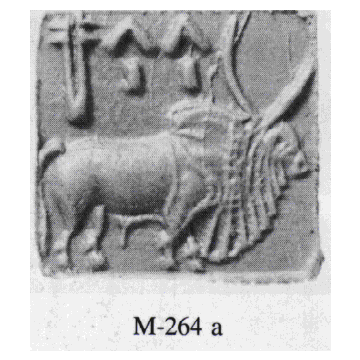 Banawali
seal (B-3)[Two or three signs]
Banawali
seal (B-3)[Two or three signs]
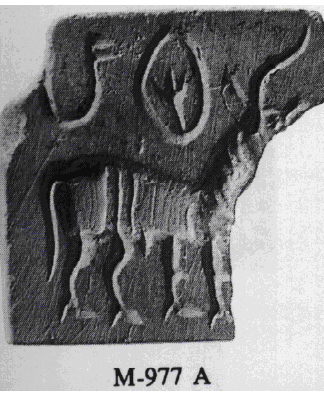 Mohenjodaro
seal (M-884)
Mohenjodaro
seal (M-884)
Mohenjodaro seal (M-977)
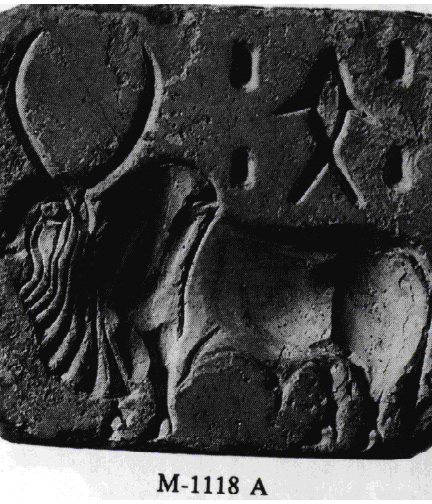
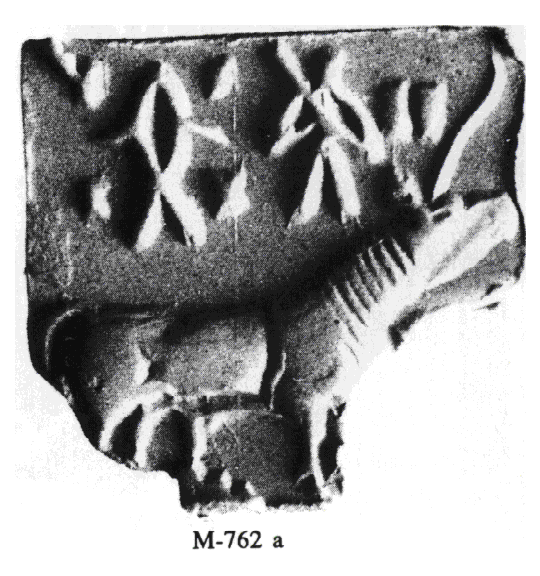
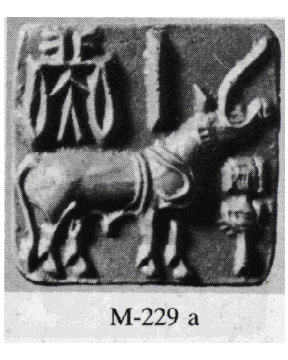

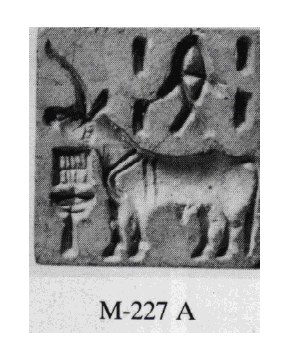 Mohenjodaro seal (M-264)
Mohenjodaro seal (M-264)
Mohenjodaro seal (M-915)
Mohenjodaro seal (M-227)
Mohenjodaro seal (M-229)
Mohenjodaro seal (M-762)
Mohenjodaro seal (M-1118)
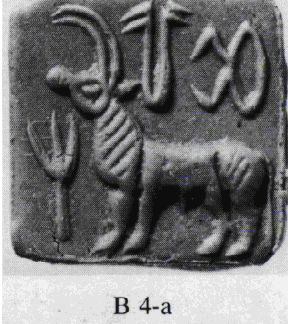
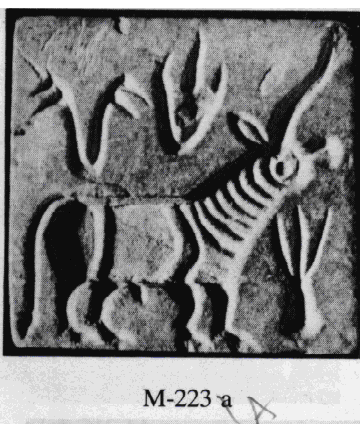
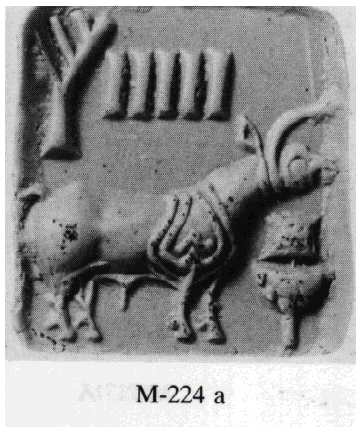
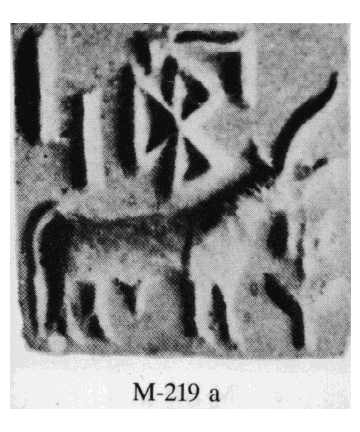
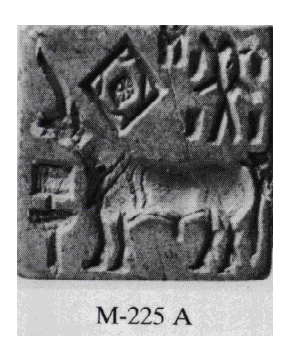
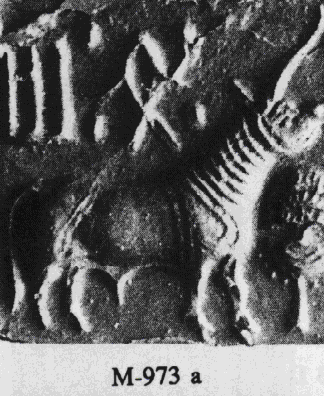
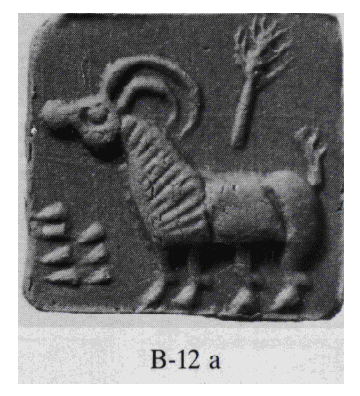
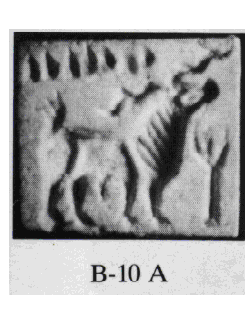
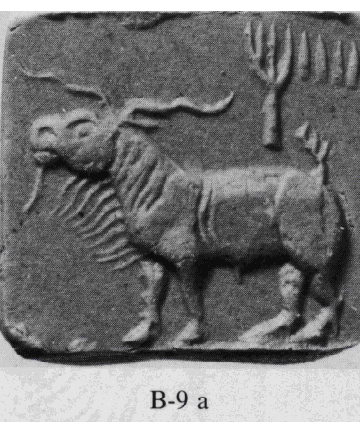 Banawali
seal (B-9)
Banawali
seal (B-9)
Banawali seal (B-10)
Banawali seal (B-12)
Mohenjodaro seal (M-973)
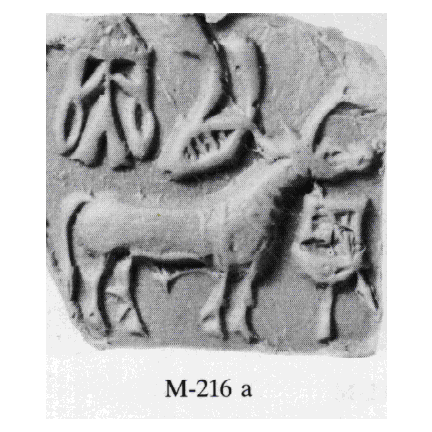 Mohenjodaro
seal (M-225)
Mohenjodaro
seal (M-225)
Mohenjodaro seal (M-224)
Mohenjodaro seal (M-223)
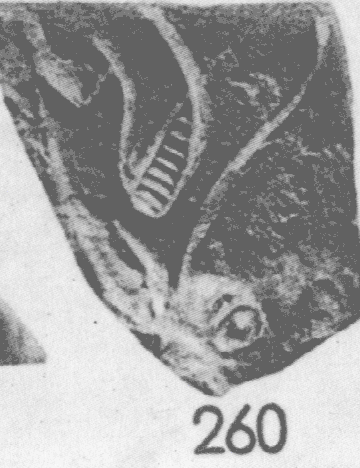 Mohenjodaro
seal (M-219)
Mohenjodaro
seal (M-219)
Banawali seal (B-4)
Mohenjodaro seal; Marshall’s report, 1931: Pl. CX, No.26); cf. the ‘hoof’ sign
Mohenjodaro seal (M-216)
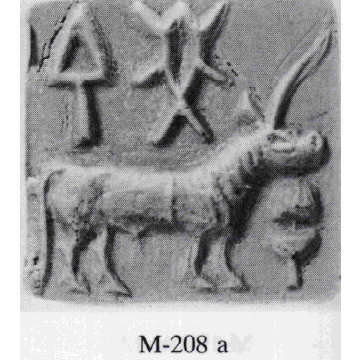 Mohenjodaro
seal (M-215)
Mohenjodaro
seal (M-215)
Mohenjodaro seal (M-208)
Mohenjodaro seal (M-207)
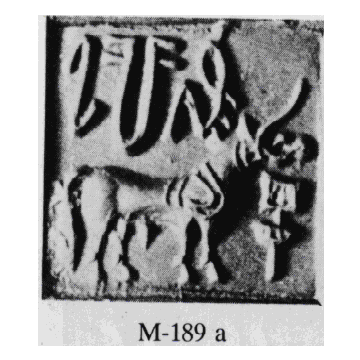

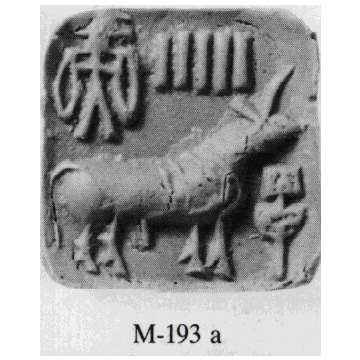
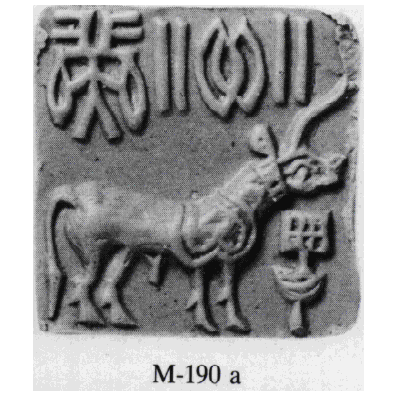
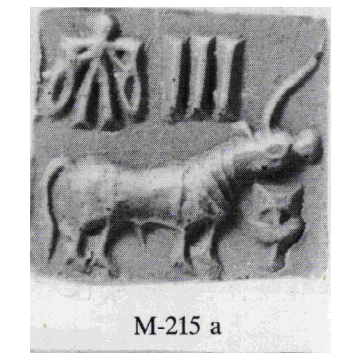
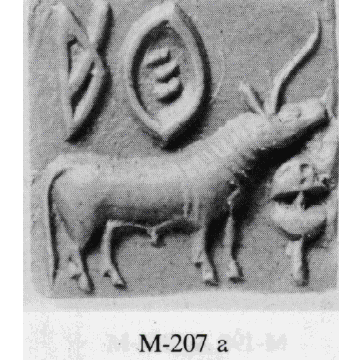
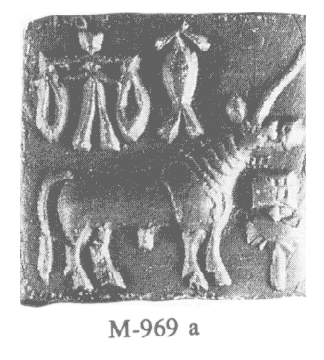
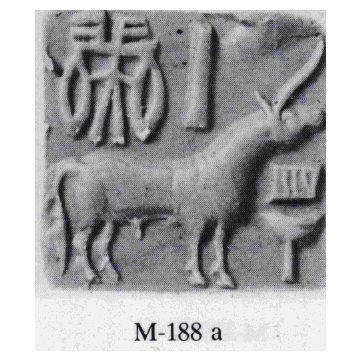
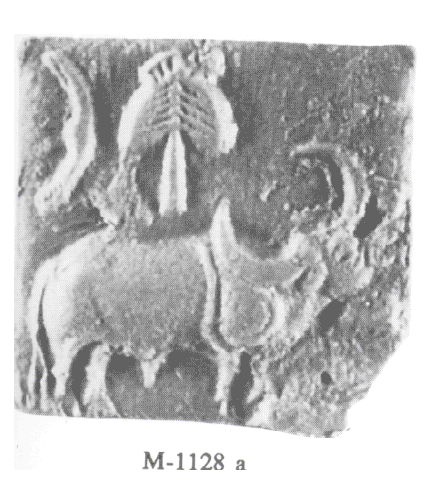
Mohenjodaro seal (M-1128)
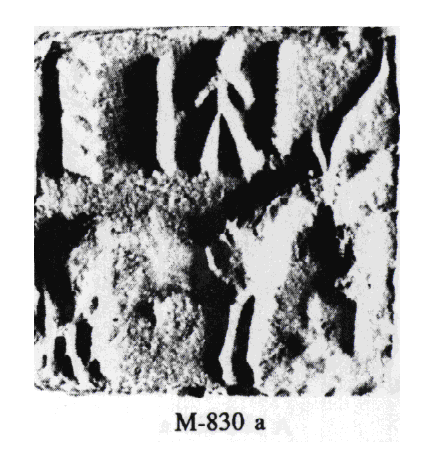
Mohenjodaro seal (M-969)
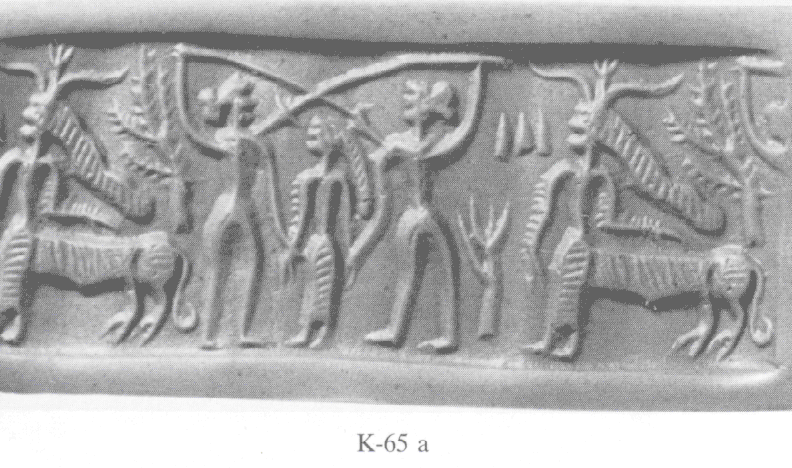
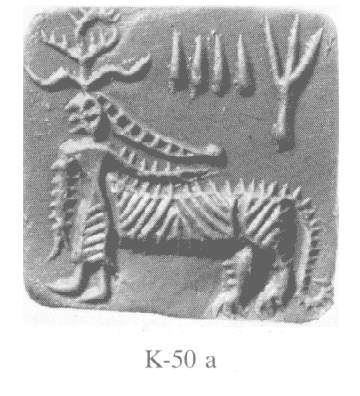
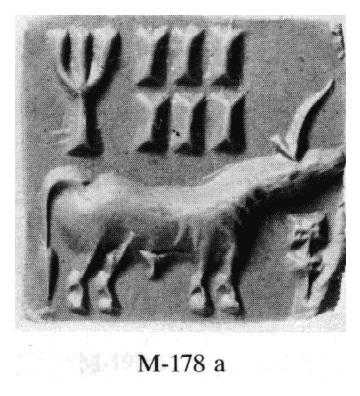 Mohenjodaro
seal (M-189)[two or three signs?]
Mohenjodaro
seal (M-189)[two or three signs?]
Mohenjodaro seal (M-190)
Mohenjodaro seal (M-193)
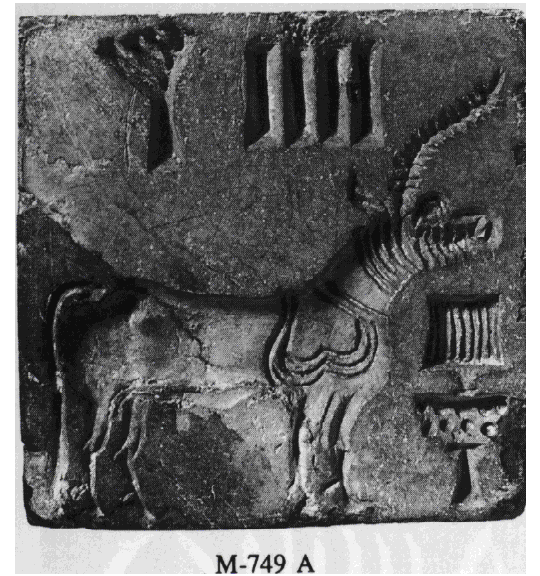
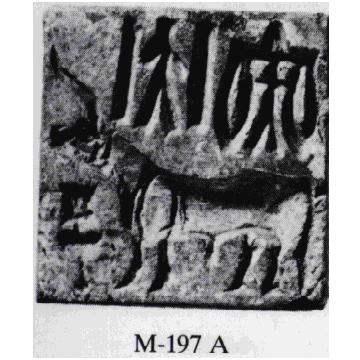 Mohenjodaro seal (M-197)
Mohenjodaro seal (M-197)
Mohenjodaro seal (M-838)
Mohenjodaro seal (M-830)
Mohenjodaro seal (M-186)
Mohenjodaro seal (M-749)
Kalibangan seal (K-50)
Kalibangan cylinder seal (K-65)

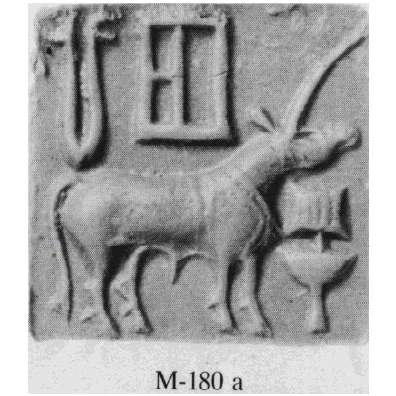
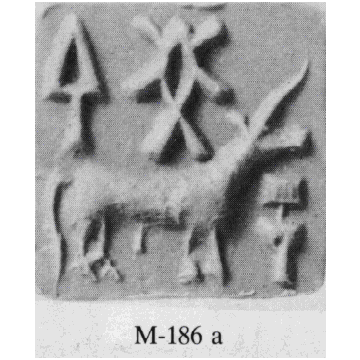 Mohenjodar seal (M-188)
Mohenjodar seal (M-188)
Mohenjodaro seal (M-182)
Mohenjodaro seal (M-180)
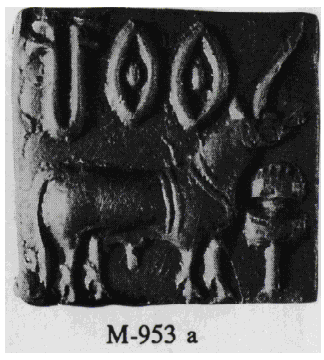 Mohenjodaro
seal (M-179)
Mohenjodaro
seal (M-179)
Mohenjodaro seal (M-178)
Mohenjodaro seal (M-898)
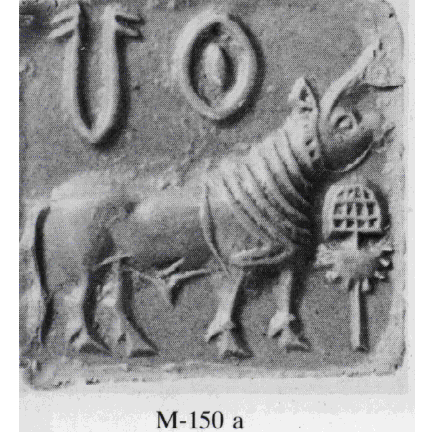
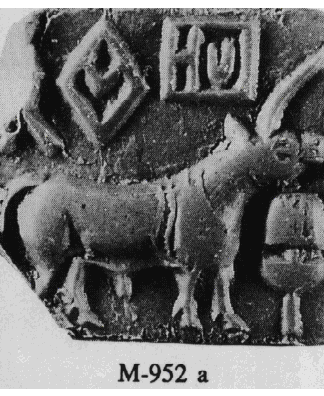
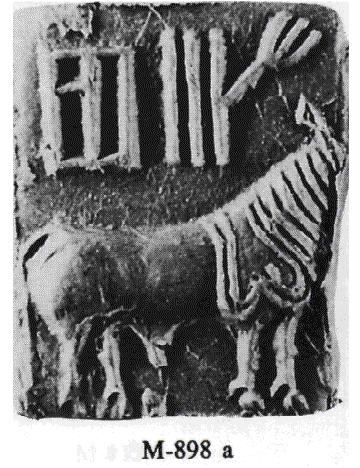
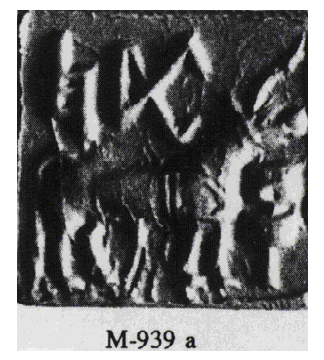 Mohenjodaro
seal (M-953)
Mohenjodaro
seal (M-953)
Mohenjodaro seal (M-821)
Mohenjodaro seal (M-952)
Mohenjodaro seal (M-842)
Mohenjodaro seal (M-939)
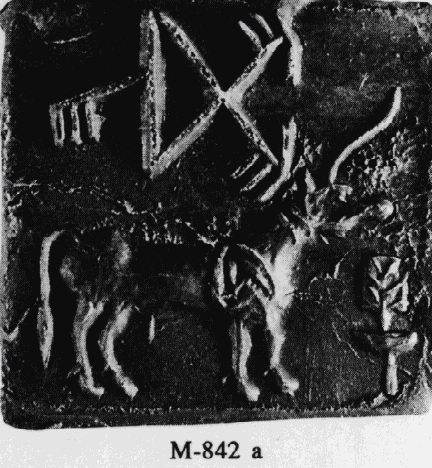
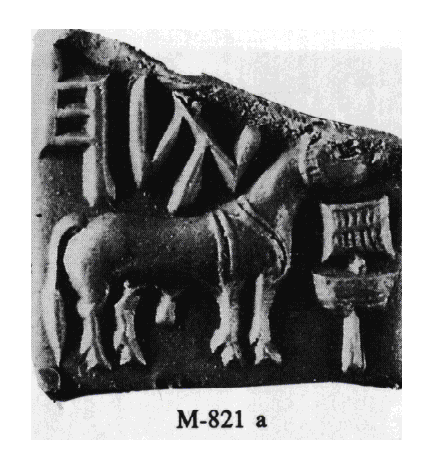
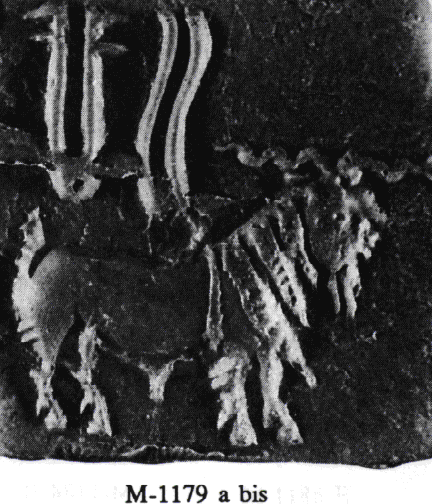
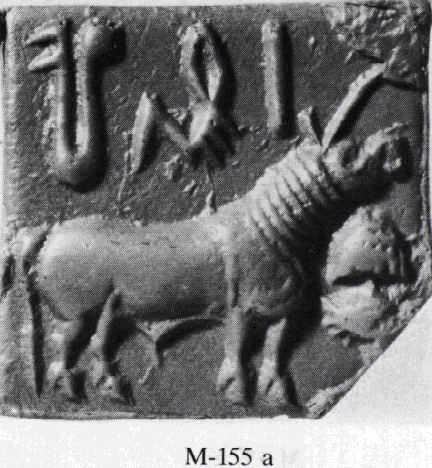 Mohenjodaro
seal (M-1000)
Mohenjodaro
seal (M-1000)
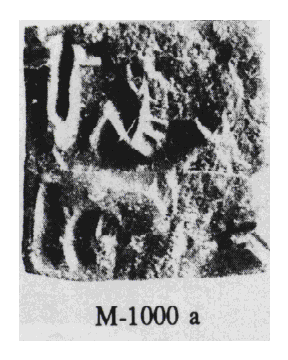
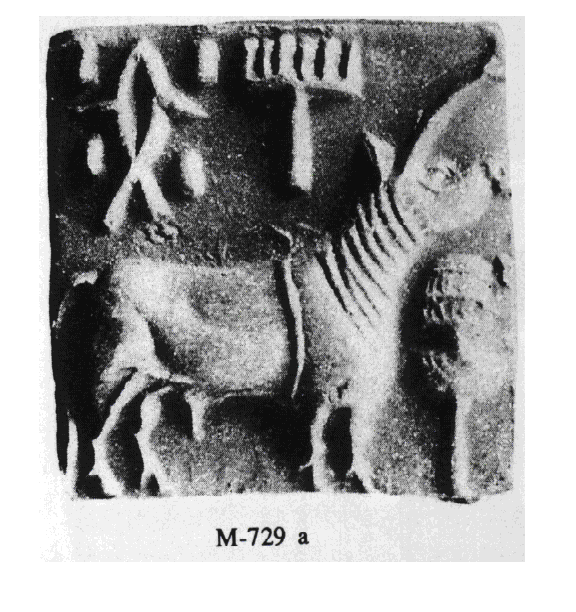
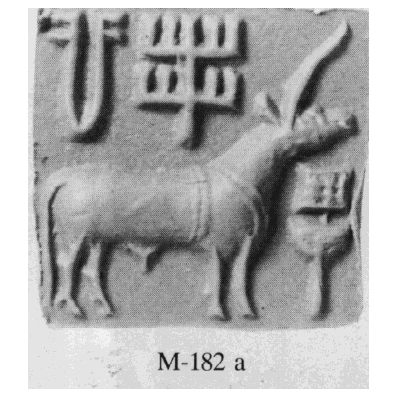
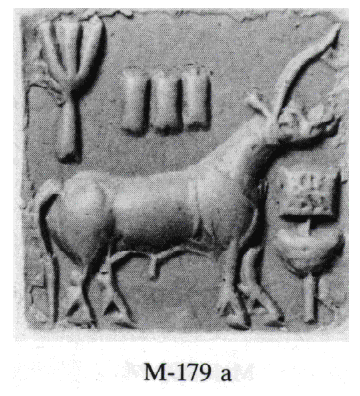 Mohenjodaro seal (M-150)
Mohenjodaro seal (M-150)
Mohenjodaro seal (M-1179)[two signs plus a human-faced markhor]
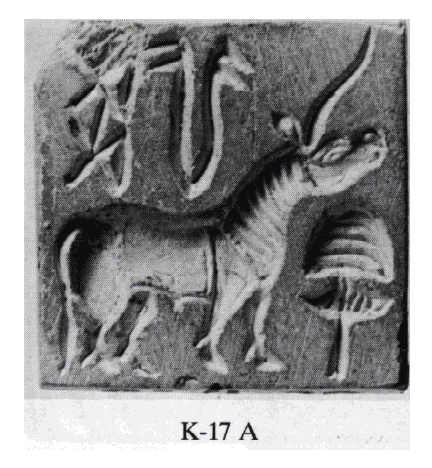 Mohenjodaro
seal (M-155)[three signs incldg. A long linear stroke]
Mohenjodaro
seal (M-155)[three signs incldg. A long linear stroke]
Mohenjodaro seal (M-729)
Kalibangan seal (K-17)
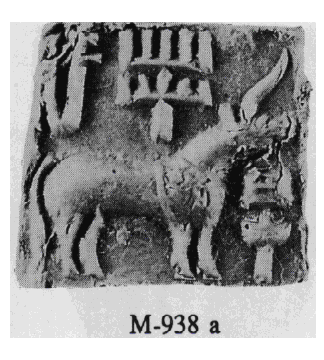
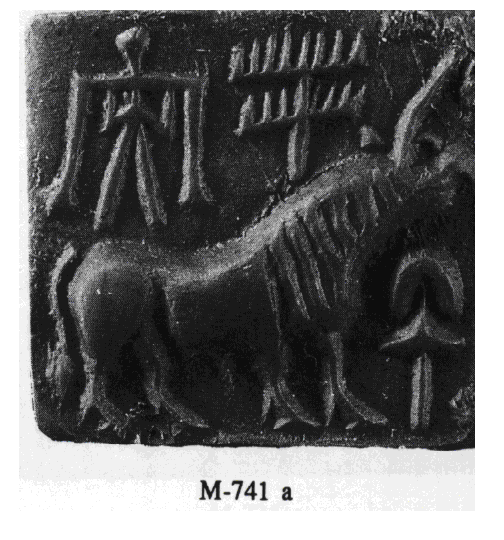
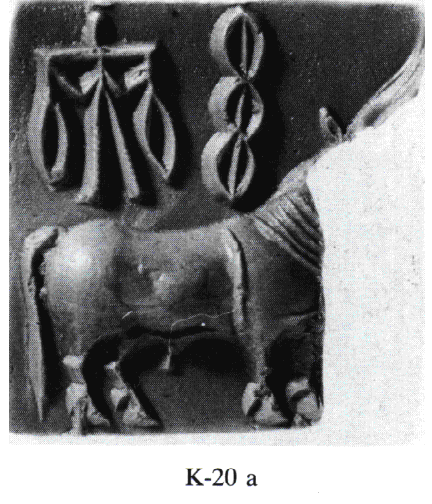
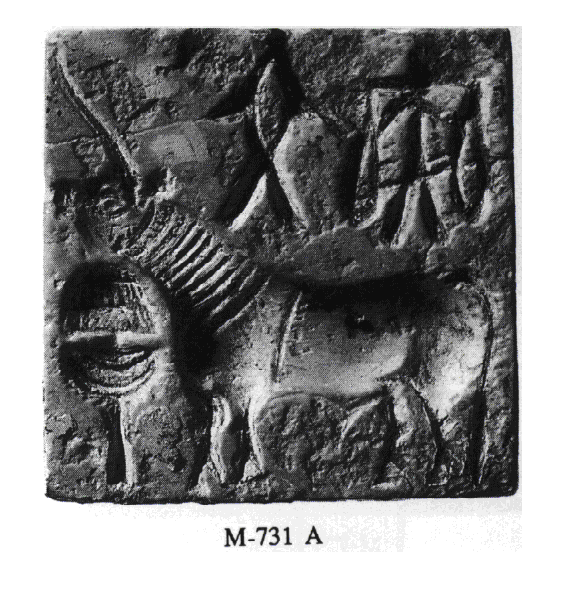
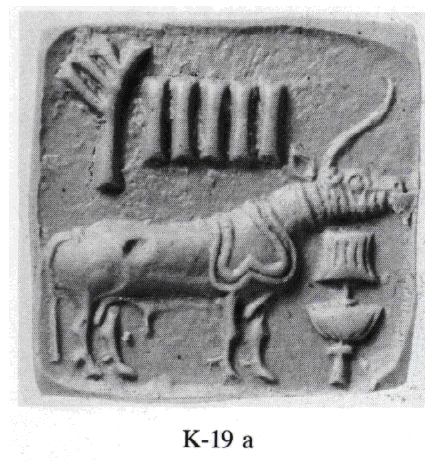 Kalibangan
seal (K-19)
Kalibangan
seal (K-19)
Kalibangan seal (K-20)
Mohenjodaro seal (M-731)
Mohenjodaro seal (M-938)
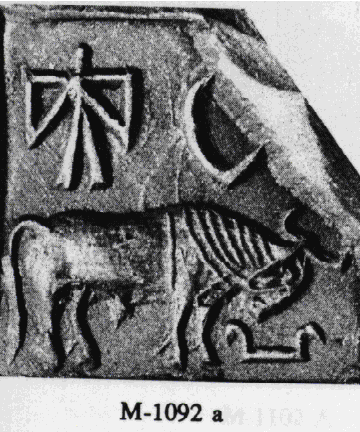
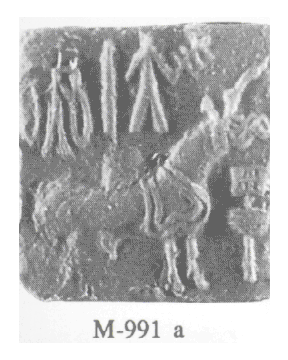
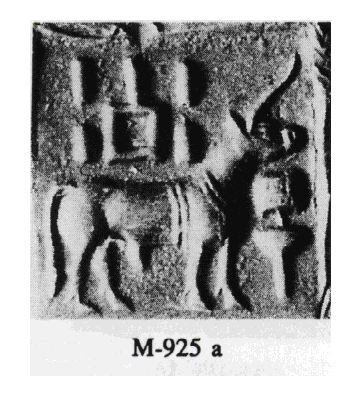
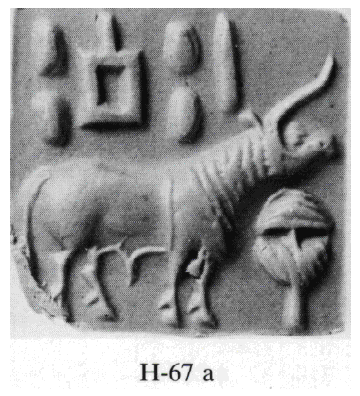
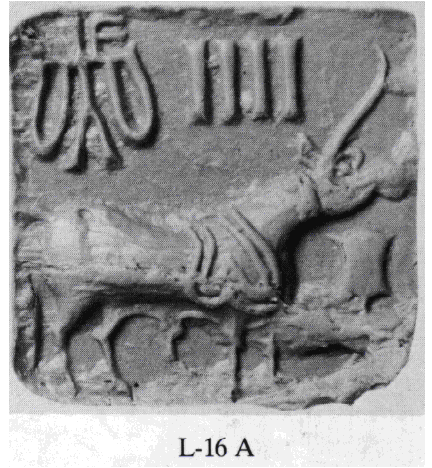
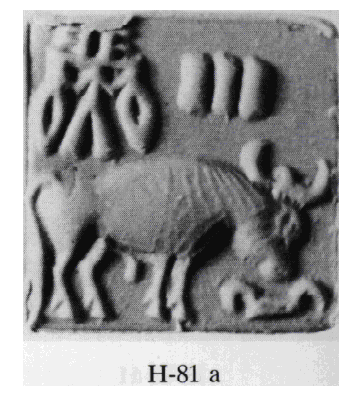
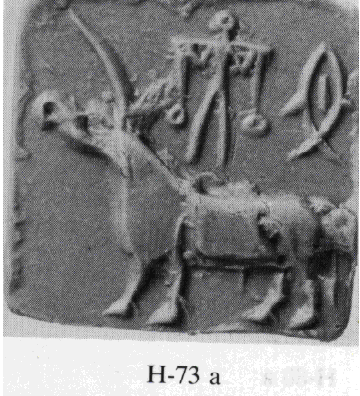 Mohenjodaro
seal (M-741)
Mohenjodaro
seal (M-741)
Mohenjodaro seal (M-991)
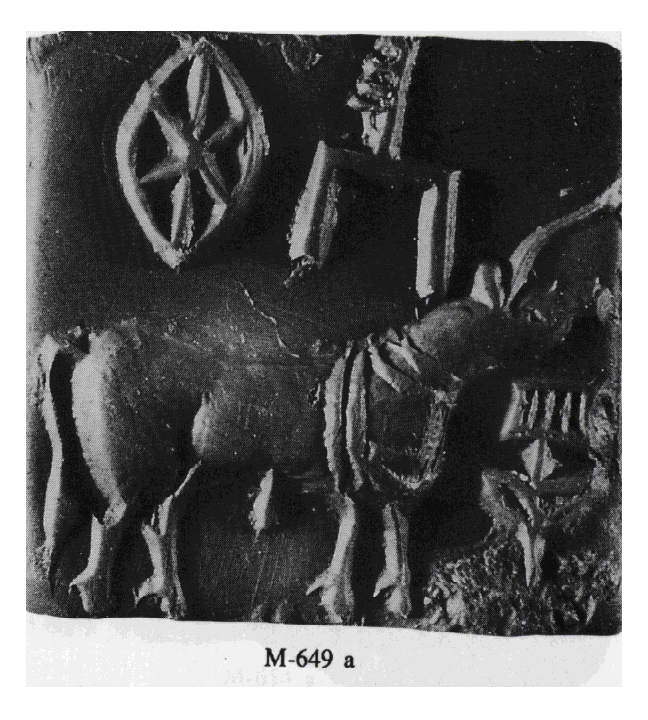
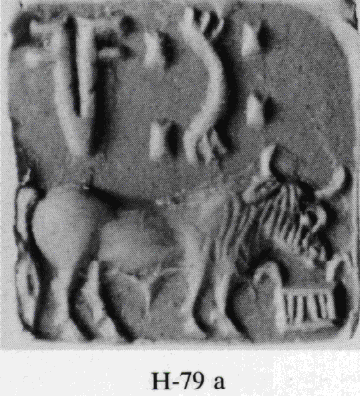 Mohenjodaro seal (M-1092)
Mohenjodaro seal (M-1092)
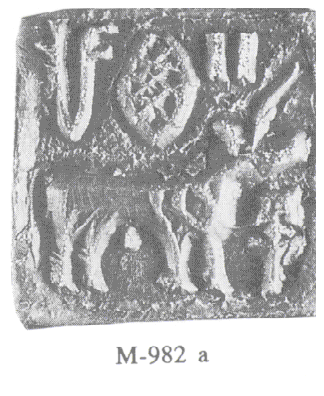
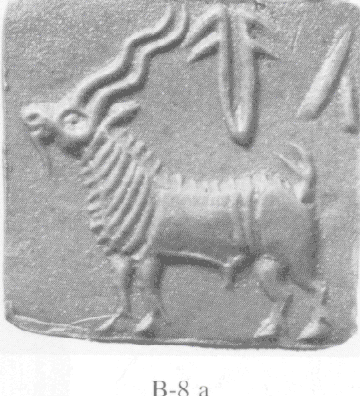
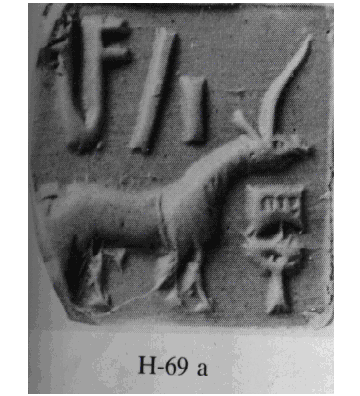 Banawali
seal (B-8)
Banawali
seal (B-8)
Mohenjodaro seal (M-982)
Mohenjodaro seal (M-925)
Mohenjodaro seal (M-649)
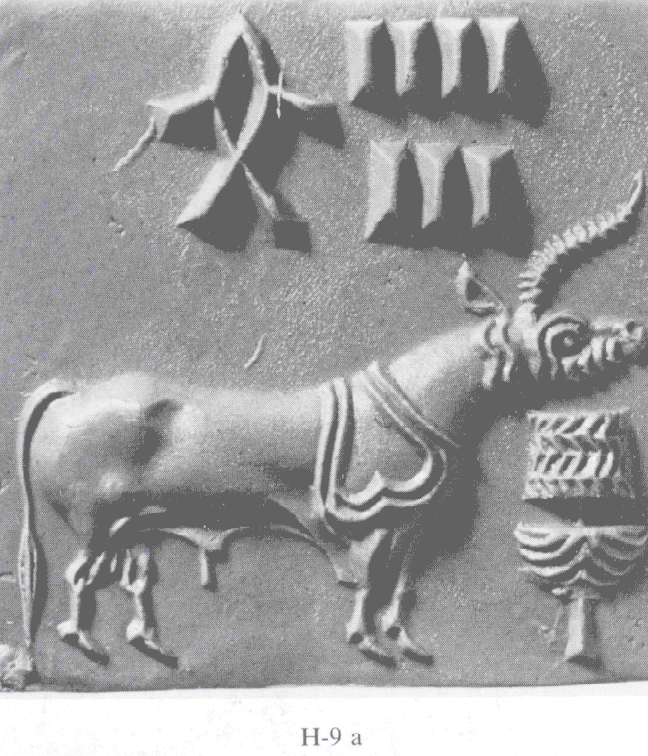
Mohenjodaro seal (M-637)
Mohenjodaro seal (M-704)
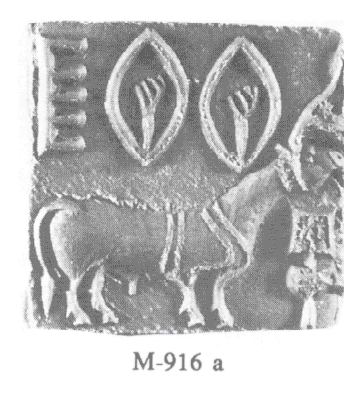
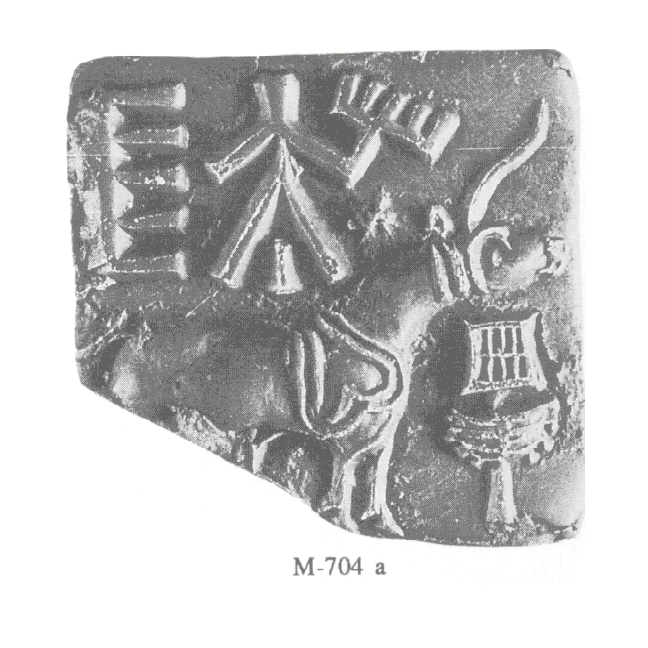
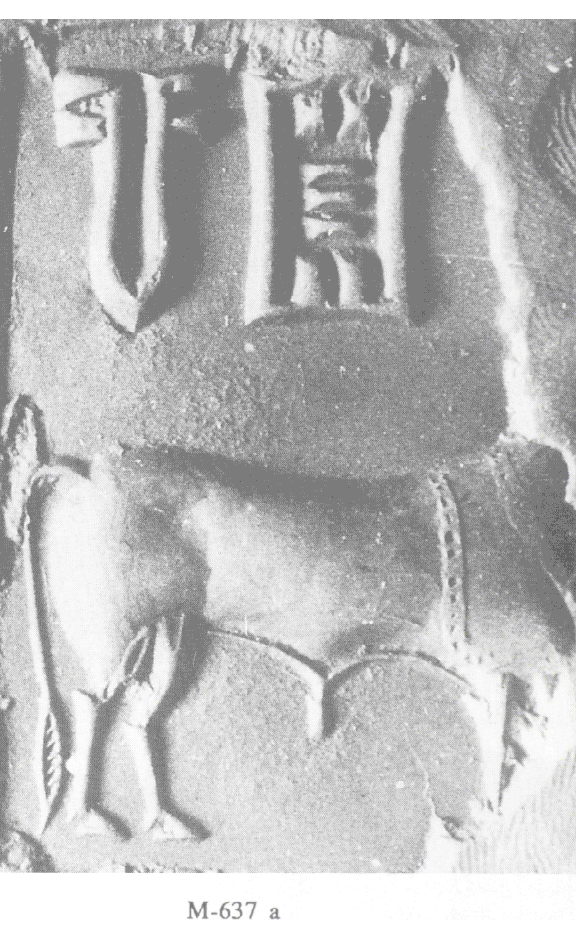 Lothal seal (L-16)
Lothal seal (L-16)
Harappa seal (H-81)
Harappa seal (H-79)
Harappa seal (H-73)[Note: the ‘water carrier’ pictogram]
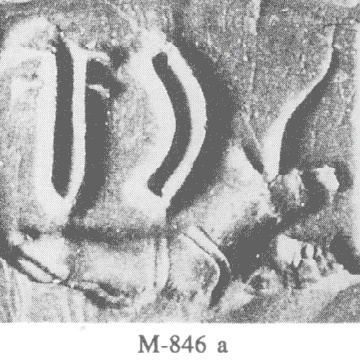 Harappa
seal (H-69)
Harappa
seal (H-69)
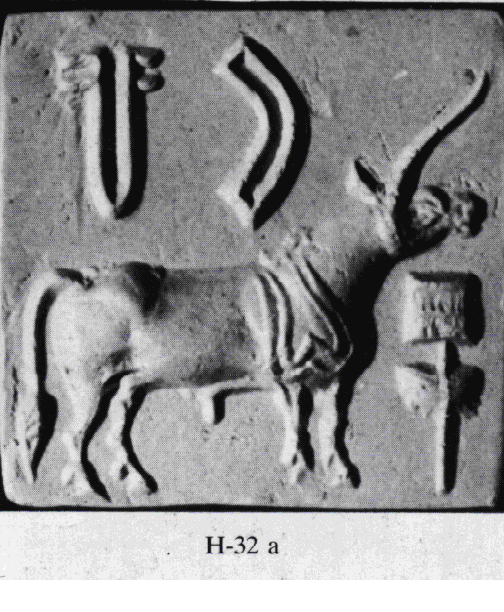
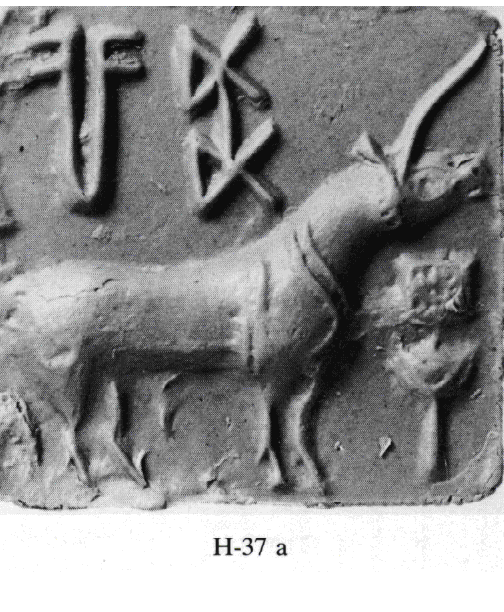 Harappa seal (H-67)
Harappa seal (H-67)
Mohenjodaro seal (M-916)
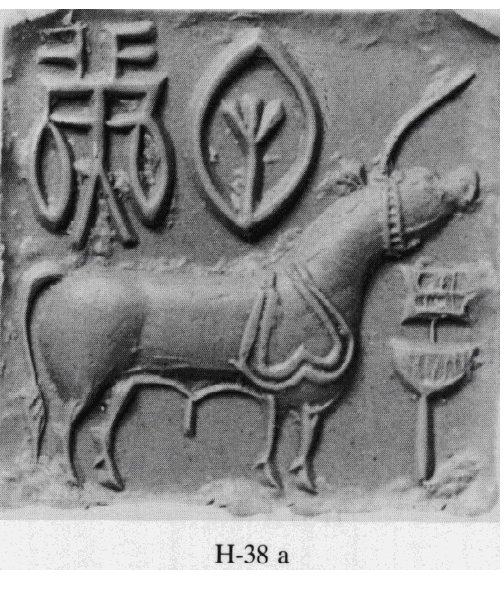 Harappa
seal (H-38)
Harappa
seal (H-38)
Harappa seal (H-37)
Mohenjodaro seal (M-846)
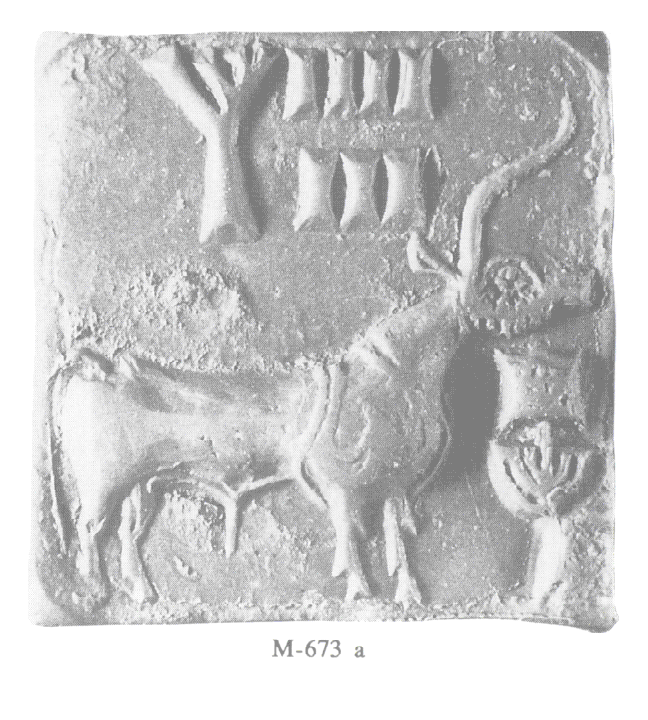 Harappa
seal (H-32)
Harappa
seal (H-32)
Mohenjodaro seal (M-673)
Harappa seal (H-9)
Trough motif appears before many animals: rhinoceros, tiger, bison etc. This motif should, therefore,be recognized as an important pictorial component of the inscriptions.
Dotted circles appear on all sides of a seal or
tablet (for e.g., M-352, M-1256, M-1260, H-128) or get inscribed on the ‘cult
object’. Three dotted circles appear on the robe of the sculpture in the round of
‘robed priest’. A dotted circle is also depicted as the eye of a fish or hare
(Fish: H-329, H-330 and Hare: H-335).
Repetitive pairs or duplicated signs in inscriptions
![]()
![]()
![]()
![]()
![]()
![]()
![]()
![]() The following are examples of repetititve
occurrence of the same sign in the same inscription. Some of these signs are also
ligatured to other signs.
The following are examples of repetititve
occurrence of the same sign in the same inscription. Some of these signs are also
ligatured to other signs.![]()
![]()
![]()
![]()
![]()
![]()
![]()
![]()
![]()
![]()
![]() Triple or quadruple repetitions may be numerical interpretations.
Triple or quadruple repetitions may be numerical interpretations.
![]()
![]()
![]()
![]()
![]()
![]()
![]()
![]()
![]()
![]()
![]()
There are stable pairs of signs in inscriptions. The following seven pairs have between 93 and 291 occurrences in the inscriptions.
![]()
![]()
![]()
![]()
![]()
![]()
![]()
![]()
![]()
![]()
![]()
![]()
![]()
![]()
There are pairs with between 65 and 87 occurrences in the inscriptions.
![]()
![]()
![]()
![]()
![]()
![]()
![]()
![]()
![]()
![]()
A characteristic feature of the use of graphemes in the inscriptions is ‘ligaturing’. Sign 418 seems to be a ligature of signs 171, 15 and 274.
![]()

![]()
![]()
![]()
![]() Sign
15 itself seems to be a ligature of signs 12 and 342.
Sign
15 itself seems to be a ligature of signs 12 and 342.
Sign 45 (seated person) seems to ligature the sign 328,.
![]()
![]()
![]()
![]() Sign 355 seems to ligature sign 347 and sign 391.
Sign 355 seems to ligature sign 347 and sign 391.
![]()
Sign 232 seems to be a liagure of sign 230 and sign 326.
![]()
![]()
![]()
Sign 243 (Mohenjodaro seal, M952) seems to ligature
sign 242 and sign 328.![]()
Inscribed objects

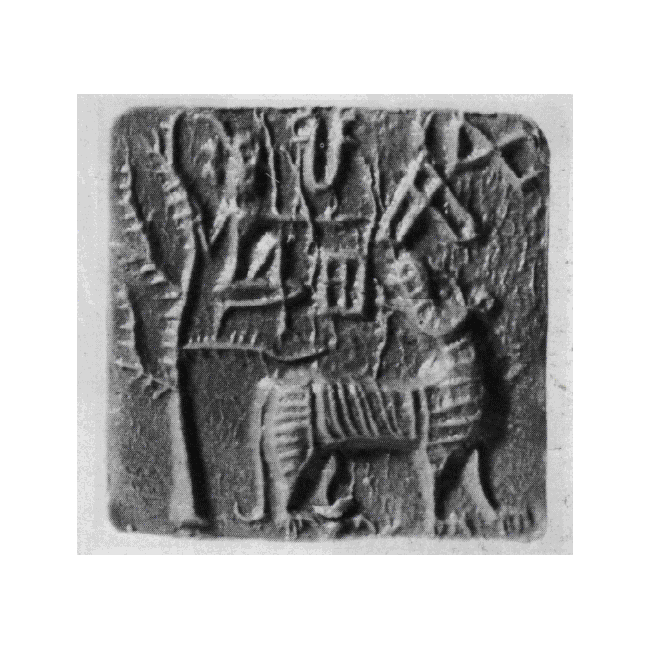
Mohenjodaro, tablet in bas-relief; three sides of a prism (M-488); Mohenjodaro, seal
(M-310): tiger, tree and the ‘temple’ sign.
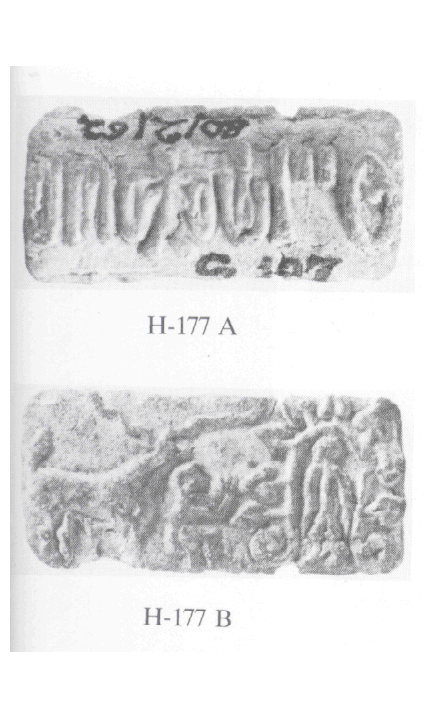
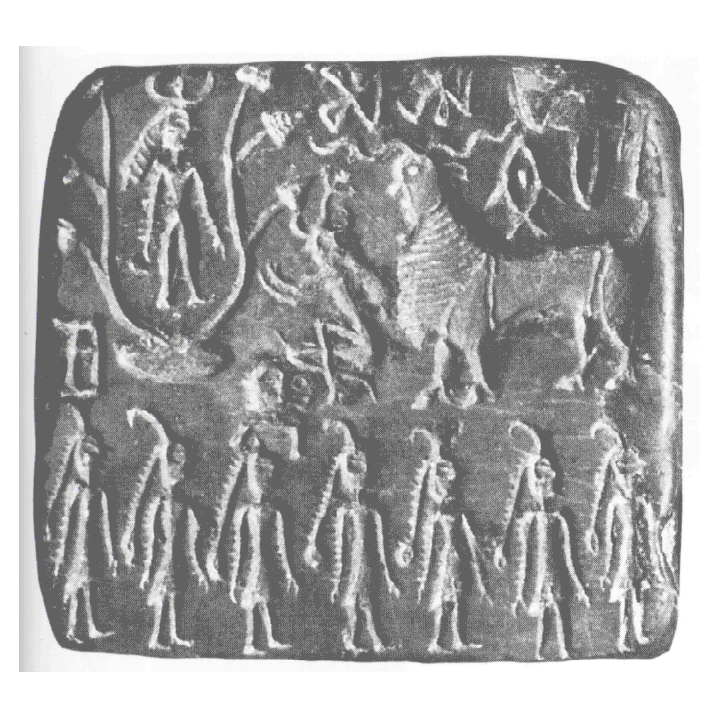
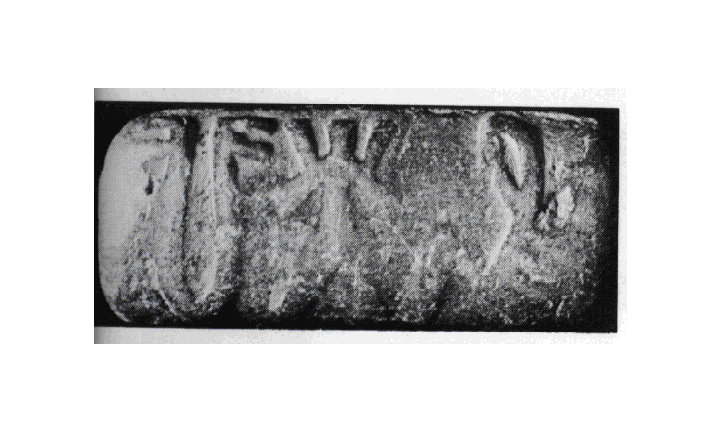
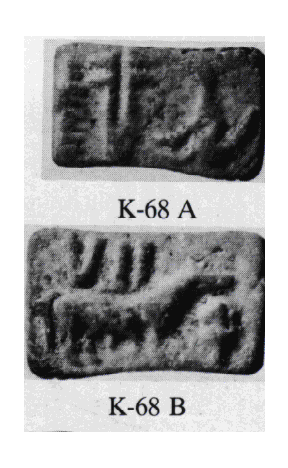
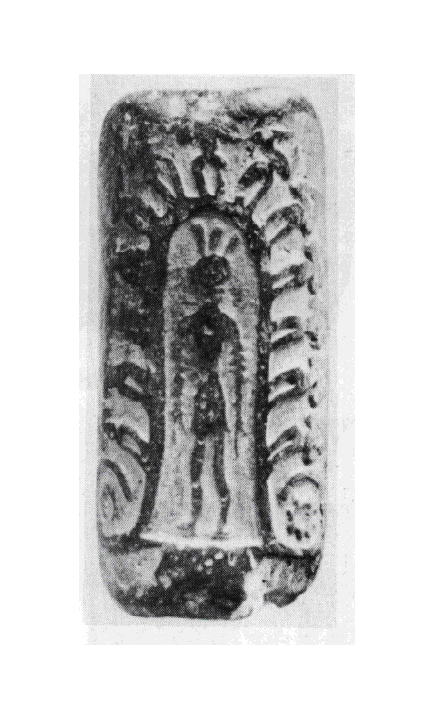 Kalibangan tablet in bas relief (K-68)
Kalibangan tablet in bas relief (K-68)
Mohenjodaro (M-1186) seal: An anthropomorphic
figure kneels in front of a ‘fig’ tree with hands raised; another
anthropomorphic figure stands inside the ‘fig’ tree. Both the anthropomorphic
figures wear ‘horned crowns’. On a stool beneath the ‘fig’ tree, a
human head is placed; the hair of this head is bound into a double-bun (similar to the
hairstyle on the electrum helmet excavated at 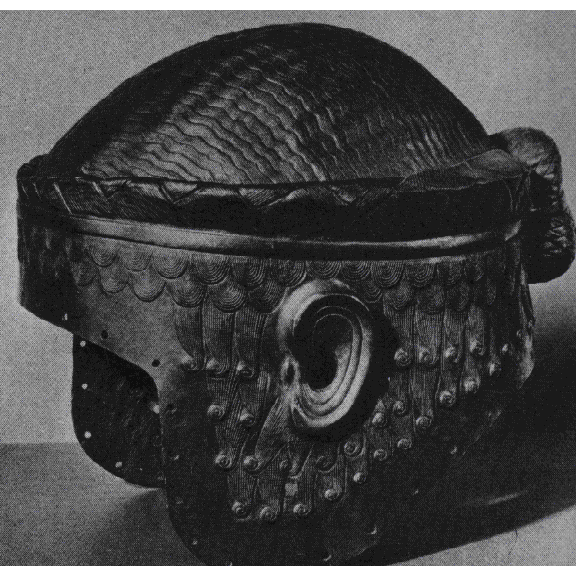 the Royal cemetery at Ur, suggesting a ‘warrior’) The personage
within the fig tree has armlets on both the hands. There is a kneeling person with a
‘fig’ tree head-dress similar to the one worn by the personage inside the
‘fig’ tree; there is also a markhor goat. In the lower register, there are
seven anthropomorphic figures, wearing their hair in a single long plait and dressed in
skirts.
the Royal cemetery at Ur, suggesting a ‘warrior’) The personage
within the fig tree has armlets on both the hands. There is a kneeling person with a
‘fig’ tree head-dress similar to the one worn by the personage inside the
‘fig’ tree; there is also a markhor goat. In the lower register, there are
seven anthropomorphic figures, wearing their hair in a single long plait and dressed in
skirts.
Sumerian electrum helmet from the Royal cemetery at Ur (tomb PG/755); early dynastic III period, c. 2400 B.C.. After Pritchard, James,1969, The ancient Near East in pictures, relating to the Old Testament, 3rd. edn., Princeton,: 49, no.160.
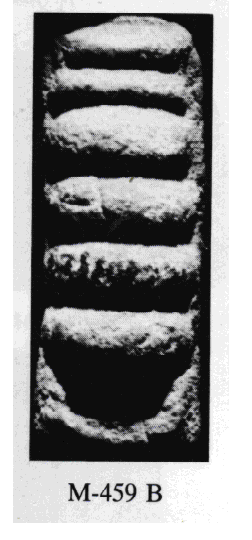
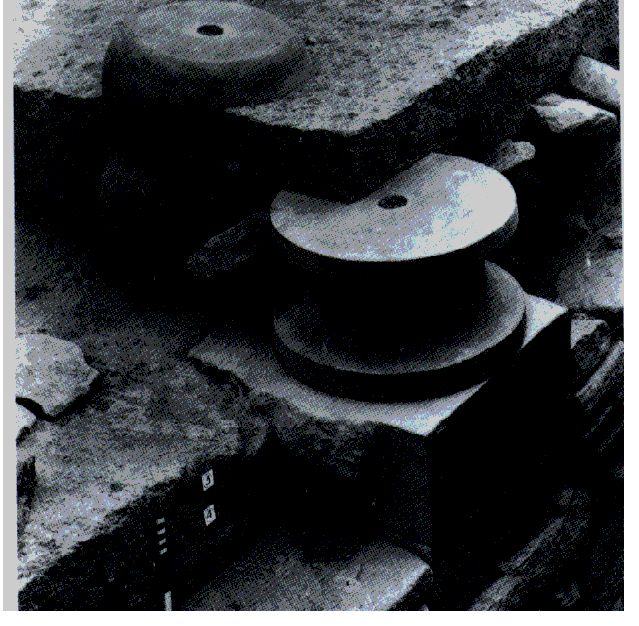
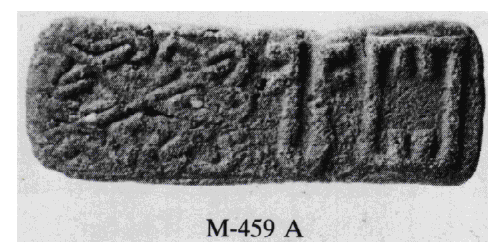 Mohenjodaro Tablet in bas
relief (M-459); Dholalviar ringstone used as foundation-stone for pillar.
Mohenjodaro Tablet in bas
relief (M-459); Dholalviar ringstone used as foundation-stone for pillar.
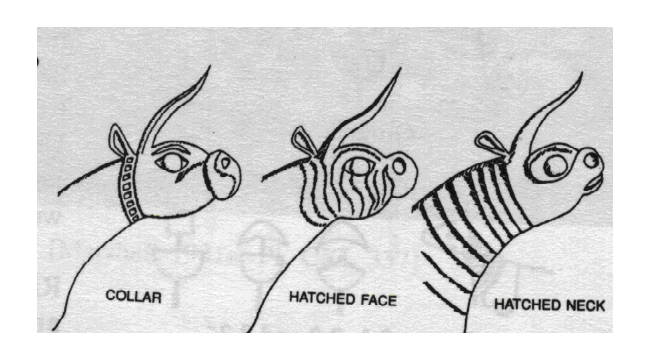 Iconography
of ‘unicorn’; the head and neck are decorated in three different styles: a
collar, a hatched face and a hatched neck; the hatched face style is associated with
Harappa and Sarasvati sites; collared neck style is found around Mohenjodaro: Paul C.
Rissman, 1989, The organization of seal production in the Harappan Civilization, in:
Jonathan Mark Kenoyer Ed., Old Problems znd New Perspectives in the Archaeology of
South Asia, Madison, Wisconsin Archaeological Reports, 2: 159-70
Iconography
of ‘unicorn’; the head and neck are decorated in three different styles: a
collar, a hatched face and a hatched neck; the hatched face style is associated with
Harappa and Sarasvati sites; collared neck style is found around Mohenjodaro: Paul C.
Rissman, 1989, The organization of seal production in the Harappan Civilization, in:
Jonathan Mark Kenoyer Ed., Old Problems znd New Perspectives in the Archaeology of
South Asia, Madison, Wisconsin Archaeological Reports, 2: 159-70
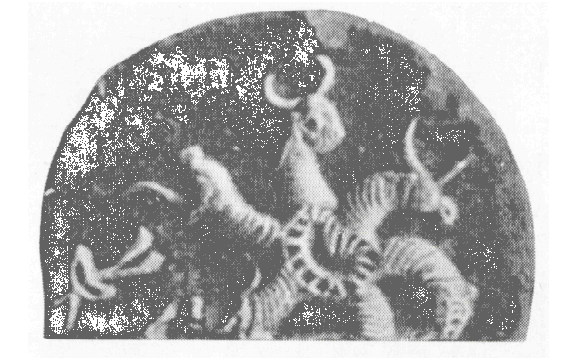
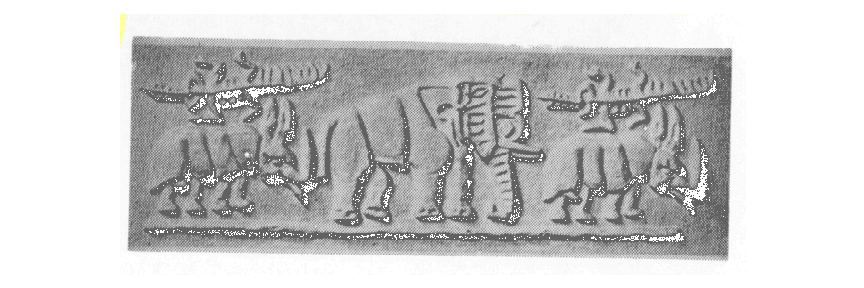
Sumerian Tel Asmar (Mesopotamia) seal impression (Sarasvati seal style); the animals are: rhinoceros, elephant and gavial (fish-eating alligator); glazed steatite, height 3.4 cm.; cylinder seal rolled over wet clay (Frankfort, ‘The Indian civilization and the near East, Annual Bibliography of Indian Archaeology, 1932, p.3, and pl.1)
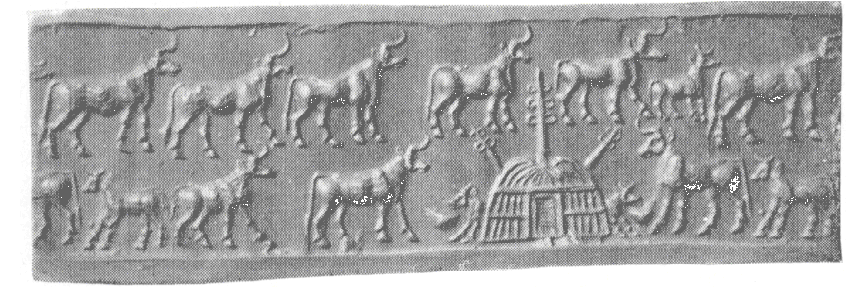
Sumerian Jemdet Nasr seal with 13 unicorns
(Sarasvati seal style)(Frankfort, ‘The Indian civilization and the near East, Annual
Bibliography of Indian Archaeology, 1932, p.3, and pl.1)
Back to
Table of Contents